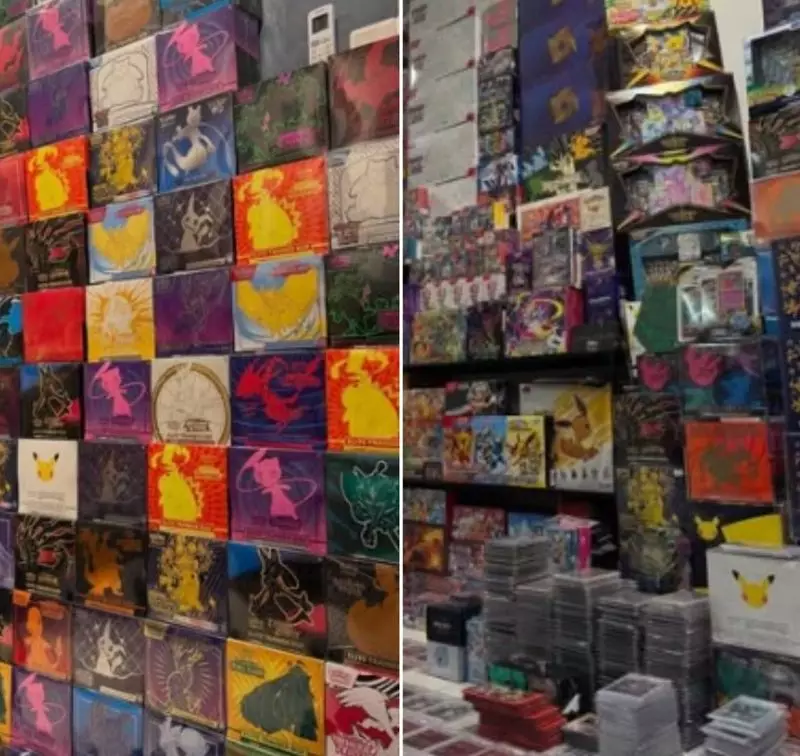
The world of trading card game collectibles has witnessed an earth-shattering sale that has left enthusiasts and investors utterly stunned. A pristine collection of rare, first-edition Pokémon cards, a veritable treasure chest for any fan, has been auctioned for a mind-boggling sum of ₹3.8 crore (approximately $480,000 USD).
This isn't just any old stack of cards; it represents the holy grail for collectors. The auctioned lot featured some of the most sought-after and iconic cards from the franchise's early history, preserved in near-mint condition. For many, these cards are not just pieces of cardboard but cherished relics from their childhood, now commanding astronomical prices in a booming market.
What Makes This Collection So Special?
The value lies in a perfect storm of rarity, condition, and nostalgia. Key highlights of such high-value collections typically include:
- First Edition Shadowless Cards: The earliest print runs of the Base Set, identifiable by their lack of a shadow on the illustration border, are exceptionally rare.
- Gem Mint Grading: Each card was professionally graded by authorities like PSA (Professional Sports Authenticator), receiving top scores that guarantee their authenticity and flawless state.
- Iconic Holofoils: The collection was headlined by legendary Pokémon like the Illustrator Pikachu, Charizard, and Blastoise, whose holographic versions are the crown jewels of any serious collection.
The Soaring Market for Digital Nostalgia
This record-breaking sale is a powerful indicator of the explosive growth in the Trading Card Game (TCG) market. What was once a childhood hobby has matured into a serious alternative asset class. Driven by a potent mix of 90s nostalgia, the influence of popular streamers, and a search for tangible investments, prices for vintage Pokémon cards have skyrocketed over the past few years.
This particular auction result sends a clear message: the passion for Pokémon is stronger than ever, and the financial potential locked within these classic cards is immense. It proves that for the right piece of gaming history, collectors are willing to pay a king's ransom.





